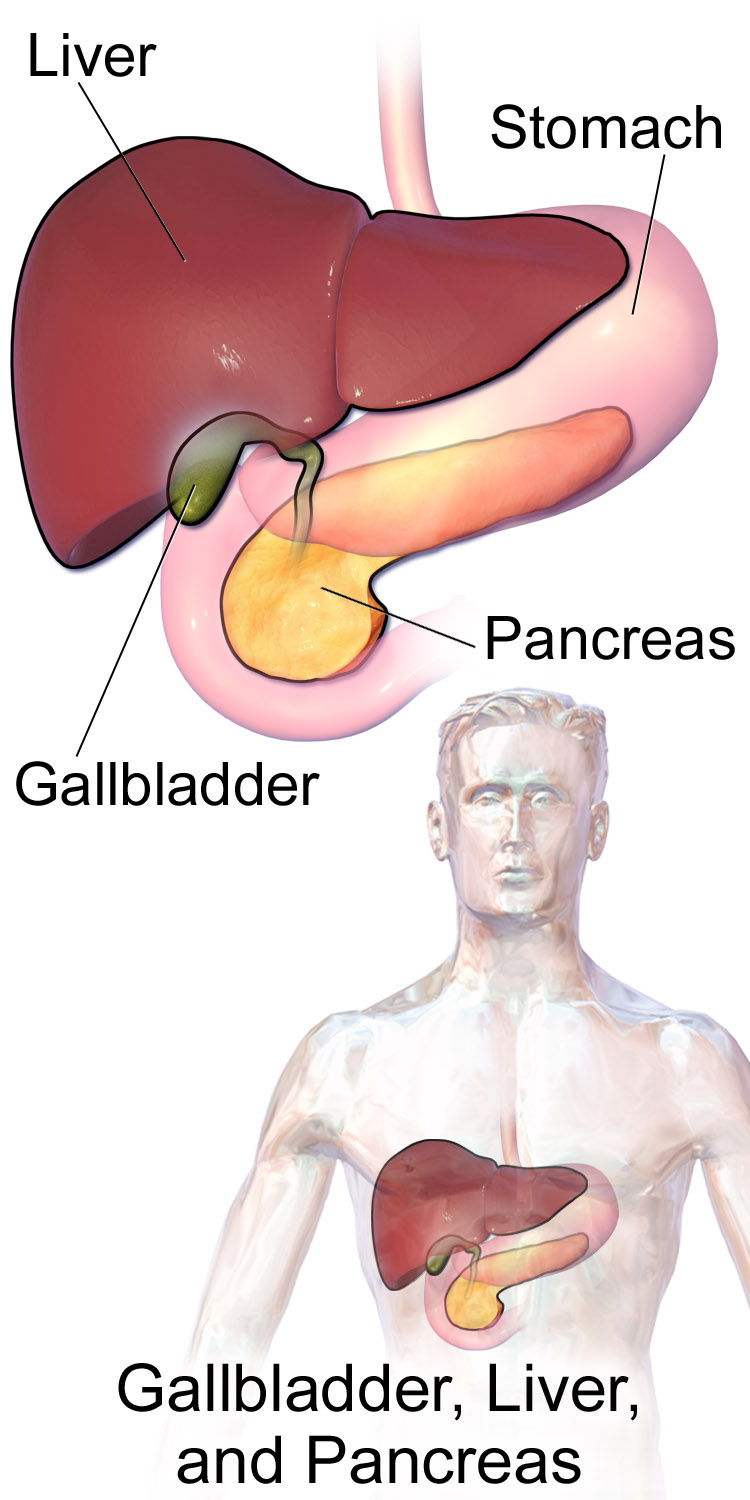What is acute Pancreatitis?
Acute pancreatitis is a condition where the pancreas becomes inflamed (swollen) over a short period of time.
Common reasons for pancreatitis are gallstones and alcoholism
What are the symptoms of acute Pancreatitis?
Sudden severe discomfort in the center of the tummy
Feeling sick.
Diarrhea.
Fever
What should I do if I have symptoms of acute Pancreatitis?
Consult your healthcare provider immediately.
Serious complications can occur if it is not treated promptly.
Your healthcare provider may ask you to go to the hospital.
How is acute Pancreatitis diagnosed and treated?
Your healthcare provider will order blood tests, imaging.
IV fluids, Medicines to relieve pain are administered.
How can I lower my risk of acute Pancreatitis?
Eat a healthy balanced diet, cut down high cholesterol food to reduce the risk of gallbladder stone formation.
Maintain normal body weight by eating a healthy diet and exercising regularly.
Alcohol consumption in moderation.
Location of pancreas in the abdomen


